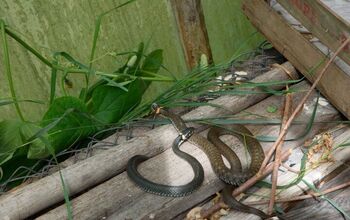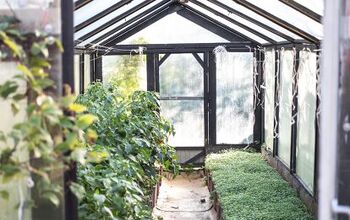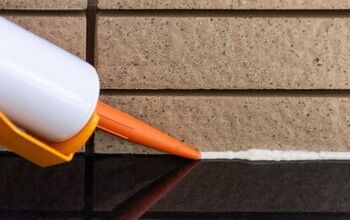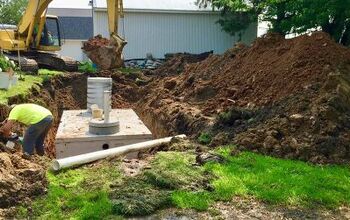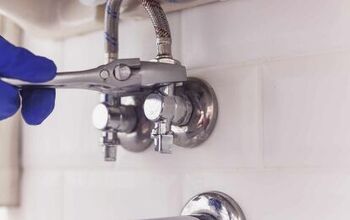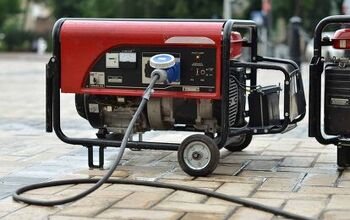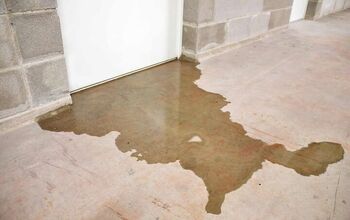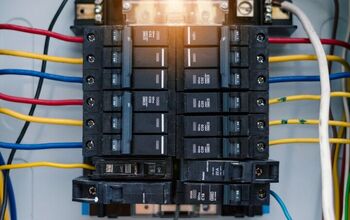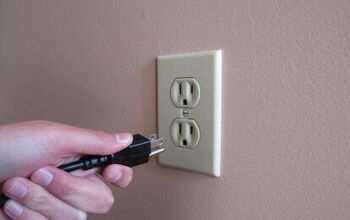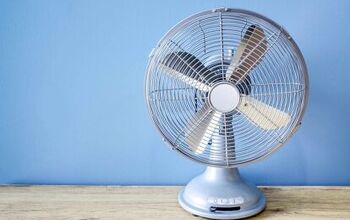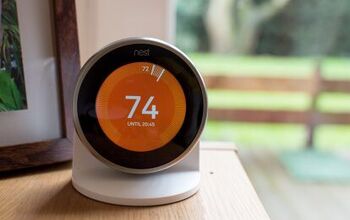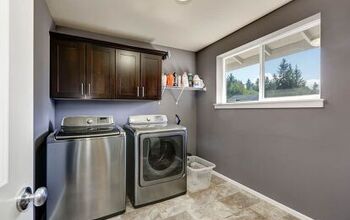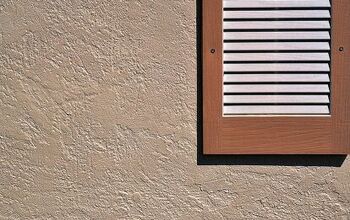How Long Does A Greenhouse Extend A Growing Season?

More and more homeowners have expressed interest in having a greenhouse, and it’s with good reason. That's because a greenhouse lets them grow plants for much longer than they would outdoors in most climates. So, how long does a greenhouse extend a growing season?
A greenhouse can extend the growing season by 60% in most cases, or more, under perfect conditions. You can expect the growing season to last at least four extra weeks, or up to 8 extra weeks if you heat your greenhouse. Some people operate their greenhouse year-round while using LED lights, space heaters, insulation, and water barrels as thermal mass.
It’s also important to seal the gaps in a greenhouse, so warm air doesn’t escape the environment and go to waste. Otherwise, your plants will be vulnerable to frost, which can ruin them. Follow along as we explore everything you must know about how having a greenhouse can affect the growing season.
How Much Does A Greenhouse Extend The Growing Season?
A greenhouse can extend the growing season by up to 60%, but it depends on several factors. It ultimately has a lot to do with whether the greenhouse is heated or unheated. For example, in many cases, an unheated greenhouse will only extend the growing season by four weeks.
However, a heated greenhouse can extend the growing season by two months or longer in some cases. Climate is a big factor as well, as you can enjoy a longer growing season if your area experiences mild winters. That’s especially true if your greenhouse gets a lot of uninterrupted sunlight throughout the year.
You can use several climate control methods in a greenhouse, such as insulation, heating, ventilation, and misting. It takes some trial and error, so you may have to experiment with your setup for the first season or two. Luckily, troubleshooting is fairly easy with greenhouses, as they are controlled environments.
Can You Grow Anything Year-Round In A Greenhouse?
You can grow many plants and crops year-round in a greenhouse, under the right conditions, of course. That’s especially true if you install your greenhouse in a spot with nearly constant sunlight during the day. You can use your greenhouse year-round if you keep a few things in mind, such as:
Additional Lighting
The plants in your greenhouse will only grow year-round with constant sunlight. However, that’s not possible in areas with cold, overcast winters. In that case, you must supplement the sunlight with artificial grow lights throughout the fall and winter.
LED lights are especially effective because they are inexpensive to run and in some cases, they last up to 100,000 hours. You can provide light in your greenhouse with anywhere from $100 to $1,000, depending on the size. The key is to set the lights on a timer, so you can mimic the natural sun cycle.
Insulation
You can insulate a greenhouse using many inexpensive, widely available materials, such as bubble wrap. Bubble wrap can help your greenhouse retain heat, even if it isn’t the most visually appealing option. Some people prefer to use double poly film, thermal foil, and twin-wall polycarbonate to insulate their greenhouse.
Insulation isn’t always necessary during the summer if you live in a hot and sunny climate. However, retaining heat is much harder in the winter without sufficient insulation. You don’t need to hire a professional in most cases, as insulating a greenhouse can take as little as an hour.
Heating
You cannot likely grow crops in your greenhouse year-round if you don’t plan for the colder months between the fall and winter. Without supplemental heating, the plants in your greenhouse may fall victim to frost and die. Ideally, you should heat your greenhouse to at least 45 to 50 degrees Fahrenheit during the winter to protect your plants.
However, many crops, such as tomatoes, must stay at 65 degrees Fahrenheit or higher. Warm-season crops aren’t meant to grow during the winter, so you must mimic spring and summer conditions. You must carefully research the plants you plan to grow in your greenhouse year-round.
Heating a greenhouse throughout the winter can be expensive, but proper insulation can help cut costs. That’s because insulation helps with heat retention, so you won’t have to crank the heat as high. Set the temperature to switch between day and night temperatures to mimic the natural cycle. Cooling off at night is just as important as heating during the day.
Water Barrels
You can’t solely rely on insulation and heating systems to extend the greenhouse growing season. Thermal mass is essential to a long, healthy growing season in your greenhouse. A water barrel is a thermal mass, meaning it can absorb heat, store it, and transfer it to the surrounding area.
This is an invaluable tool in a greenhouse, as they sit in the hot sun all day and cool off at night. You can use a water barrel to release warmth into the air in your greenhouse overnight. Many people wrap or paint the barrels black to maximize heat absorption for the best results.
The barrels will get hotter and hotter throughout the day, then eventually release the heat to keep the environment warm. This can save money on heating costs during the summer, fall, and winter alike. Water barrels can also help control the humidity in your greenhouse, which is often low during the fall and winter.
Seal The Gaps
Even the best greenhouse often has gaps and cracks that let air in and out of the space. Sealing such gaps is essential if you plan to operate your greenhouse year-round. That’s especially true during the fall and winter, when warm air escapes and cool air enters your greenhouse.
Sealing greenhouse gaps is a simple DIY job, and in most cases, all it takes is silicone caulk. You can also use weatherproofing tape, U-proof edging, and poly foam to seal the gaps. As long as your greenhouse is airtight, you won’t have to worry about losing warm air.
Sealing gaps can also help keep pests out of your greenhouse. However, you may have to run fans to compensate for the lack of natural airflow. Running fans can help strengthen the plants and regulate the temperature and humidity in your greenhouse.
How Much Does It Cost To Heat A Greenhouse?
You can expect to spend around $3 per day to heat a greenhouse during the winter. That cost refers to a 1500-watt space heater, which is commonly used in small- to mid-sized greenhouses. However, that refers to running a standard space heater all day, every day, which isn’t always necessary.
You can save money with a heat pump or by supplementing the heater with thermal mass, such as water barrels. For example, some people let water barrels heat up all day while running a heater, then turn the heater off at night. That way, the water barrels will release heat all night, so you don’t need to run the heater.
Granted, that won’t necessarily work in areas with harsh winters, especially if the temperature drops below 45 degrees Fahrenheit at night. You may have to experiment with space heaters and heat pumps until you find one that won’t cost a fortune.
Do Plants Grow As Well In A Greenhouse During The Winter?
Plants grow well in a greenhouse during the winter, but they may not grow as fast as they would during the summer. This is true even if you use LED lights and a heating system to mimic summer conditions during the winter. However, the slower growth rate shouldn’t harm your plants or stop your crops from bearing fruit and vegetables.
The biggest problem is the lack of light during the winter in many climates. Of course, the days are shorter and the sky is more overcast during the winter in many areas. This is the biggest reason why the growth rate slows down in a greenhouse during the winter.
However, using water barrels, artificial lights, and heaters can keep the growth rate consistent. The good news is that you don’t have to take the winter off if you have a greenhouse. That is especially useful for people who grow and sell crops to supplement their income.
Summing It Up
You can enjoy a 60% longer growing season if you have a greenhouse on your property. However, you can only extend the growing season if you ensure your greenhouse plants get enough light, warmth, and water. Supplement the heat and sunlight with heaters, LED lights, and water barrels to ensure the growth rate doesn’t slow too much.
Related Guides:

Nick Durante is a professional writer with a primary focus on home improvement. When he is not writing about home improvement or taking on projects around the house, he likes to read and create art. He is always looking towards the newest trends in home improvement.
More by Nick Durante












